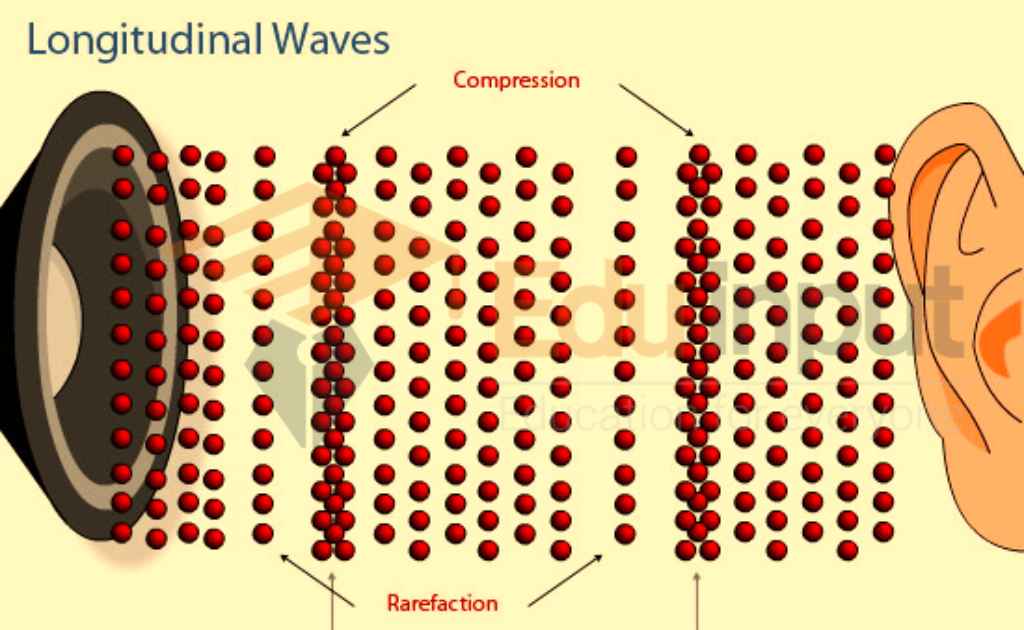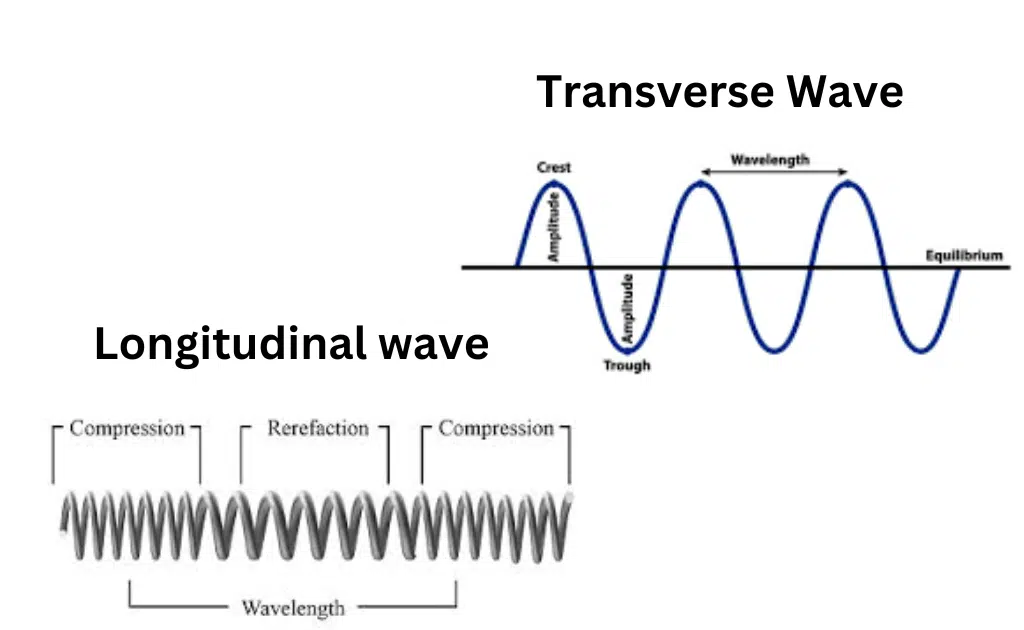Can longitudinal waves be polarized?
Yes, longitudinal waves can be polarized, but not in the same way as transverse waves.
In transverse waves, polarization refers to the direction of the oscillation of the wave relative to the direction of wave propagation.
For example, in a light wave, the electric field oscillates perpendicular to the direction of wave propagation, and the polarization can be either vertical or horizontal depending on the orientation of the electric field.
In longitudinal waves, the particles of the medium oscillate back and forth parallel to the direction of wave propagation. This means that there is no perpendicular direction to define polarization in the same way as for transverse waves.
However, it is possible to polarize longitudinal waves based on the orientation of the particles in the medium. For example, if the particles in the medium have a preferred orientation, such as in a stretched polymer chain, then the longitudinal wave can be polarized along that direction. Similarly, in a crystalline material, the direction of polarization of a longitudinal wave can be determined by the orientation of the crystal lattice.
Overall, while the concept of polarization is most commonly associated with transverse waves, longitudinal waves can also exhibit polarization, although the mechanism for polarization is different.







Leave a Reply